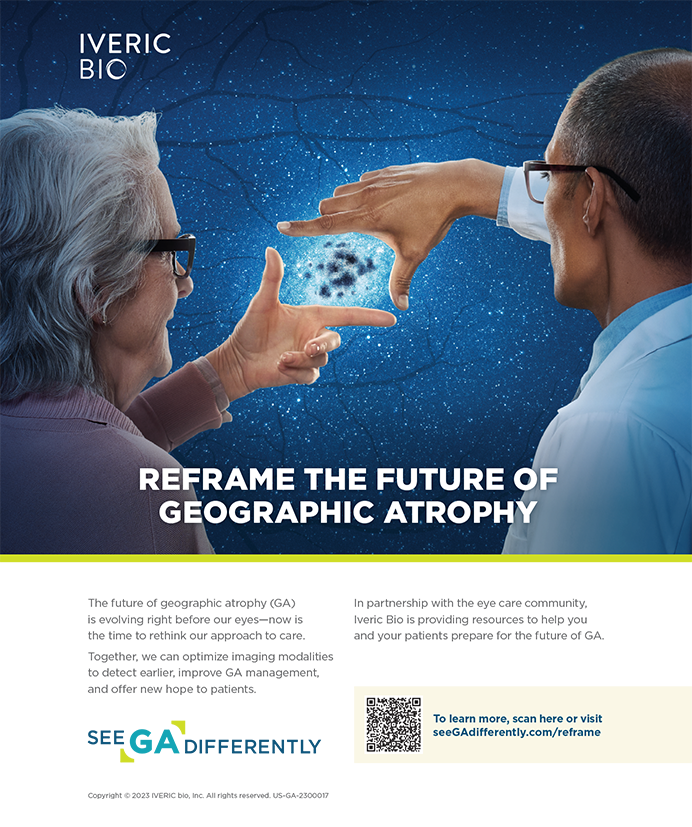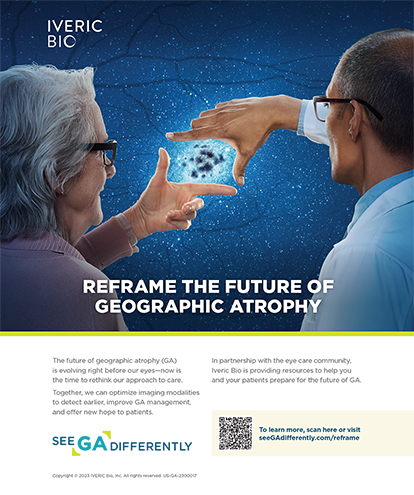This issue of Cataract & Refractive Surgery Today highlights another round of excimer laser technology. My good friend Simon Holland, MB, FRCSC, details the latest in topography-guided laser surgery from his practice with David Lin, MD, FRCSC, in Vancouver, British Columbia, Canada. Simon and David have a wealth of experience with this technology for both normal eyes and those that have had previous refractive surgery. Michael Mrochen, PhD, describes the even-newer ray tracing, which uses topography as well as wavefront and refraction data. CRST's staff and John Doane, MD, cover femtosecond lasers, with Rupal Shah, MD, and Osama Ibrahim, MD, debating the future of the excimer laser itself. In addition, Richard Baker, OD, from my practice, details a new diagnostic tool by which we are currently fascinated, the HD Analyzer (Visiometrics SL).
Reading these articles reminded me how far we have come in laser refractive surgery. The first LASIK cases were performed in 1991. The procedure used mechanical microkeratomes, relatively basic ablation software, and broad-beam, untracked excimer lasers operating 200 times slower than current systems. Today, we use advanced wavefront measurements, tissue-saving and wavefront-guided ablation patterns, and customized, sub-Bowman keratomileusis flaps.
We surgeons have learned a lot. When we started performing LASIK, we did not fully understand forme fruste keratoconus or have the diagnostic acumen we do today. Likewise, we now account for dry eye disease, astigmatism, existing optical aberrations, and lenticular changes in our surgical planning and selection of patients. Our increased awareness of these factors and better screening technology help us to identify patients at risk and avoid operating on many in whom LASIK is contraindicated. PRK has also benefited from most of these advances. Whereas variations such as epi-LASIK and LASEK had differing degrees of success, PRK has served a vital role as a conservative alternative to LASIK. Moreover, although currently in US clinical trials, researchers outside the United States have proven that corneal collagen cross-linking is also extremely valuable for “funny looking” corneas. In my practice, the risks of cross-linking are far outweighed by the benefits of halting a blinding eye disease.
In addition, the availability of phakic IOLs such as the Visian ICL (STAAR Surgical Company) has helped keep us from pushing LASIK and PRK past their limits. We have come to accept and perform refractive lens exchange more as well. Certainly, a greater number of intraocular options, especially for astigmatism, would be of benefit.
Laser refractive surgery has passed the test of time. When it was introduced, the procedure had many detractors, but most have since gotten on board. What should have happened did. We doctors questioned a new technology, as we typically do (eg, IOLs, phacoemulsification, outpatient surgery), but we also drove innovation and improvement. We allowed the technology and procedure to “grow up.” It is our job always to use the best tools available for our patients but also to imagine what the technology that is new today might become tomorrow.


